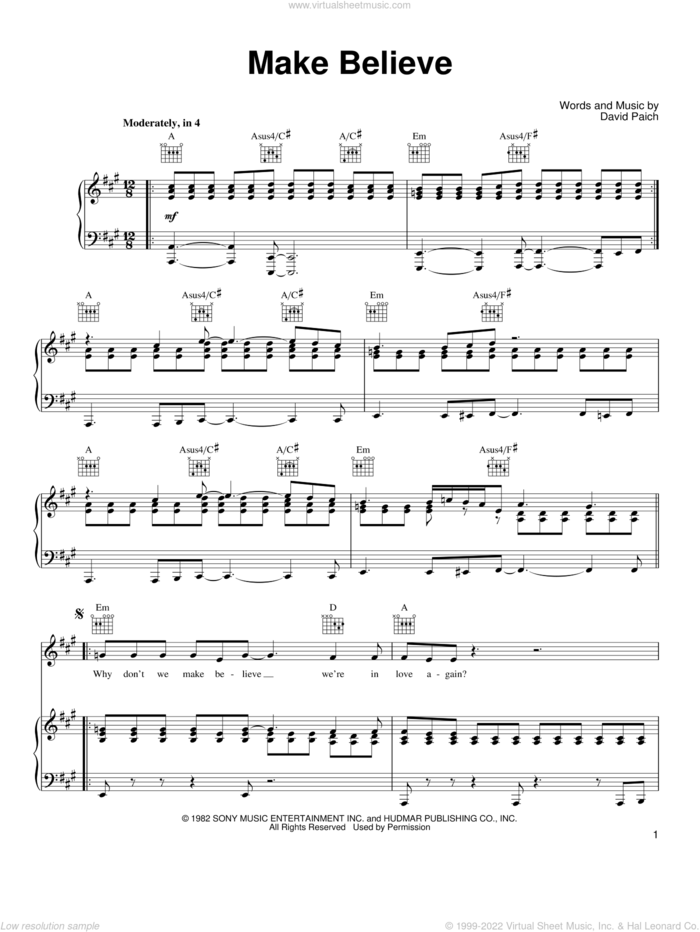For any aspiring musician or Coldplay enthusiast, mastering the chords of Coldplay’s iconic song “Don’t Panic” is an essential milestone. This melodic masterpiece from their debut album, Parachutes, resonates with its captivating blend of haunting lyrics and mesmerizing guitar chords. In this comprehensive guide, we delve into the intricacies of the Coldplay “Don’t Panic” chords to help you unravel the magic behind this timeless track.
Whether you’re a beginner trying to grasp the basics or an experienced player looking to refine your skills, understanding the chord progressions and strumming patterns of “Don’t Panic” can elevate your musical journey. Join us as we break down the chords, provide practical tips, and explore the nuances of this captivating Coldplay classic.

Introduction to Coldplay’s ‘Don’t Panic’ Chords

If you’re a music enthusiast looking to master Coldplay’s iconic track ‘Don’t Panic,’ understanding the chords is essential. With its dreamy melody and heartfelt lyrics, this song is a fan favorite among Coldplay enthusiasts.
The Chords Used in ‘Don’t Panic’
To play ‘Don’t Panic’ accurately, you must familiarize yourself with the following chords: Em, G, C, D, Am. These chords create the signature sound that defines this captivating song.
Tips for Practicing the Chords
Practice transitioning smoothly between the chords to capture the essence of the song. Start with each chord individually, then gradually combine them as you build muscle memory. Consistent practice is vital to mastering the chords with ease.
Understanding the Basic Chords
When mastering Coldplay’s ‘Don’t Panic’ chords, it’s crucial to understand the basic chords that form the song’s foundation. The simplicity and beauty of these chords make the music so captivating for musicians and listeners alike.
The Chords Used in ‘Don’t Panic’
The basic chords in this iconic Coldplay song are Em, G, C, and D. These chords create a melancholic yet hopeful atmosphere that resonates with many fans.
To play these chords accurately, it’s essential to practice transitioning between them smoothly to capture the song’s essence effectively.
Tips for Mastering the Chords
For beginners, practice each chord individually to ensure a clear sound. Use the proper finger placement, as indicated in chord diagrams, to avoid buzzing or muted strings.
Practice strumming patterns that complement each chord progression, focusing on maintaining a consistent rhythm to enhance the song’s overall feel.
Advanced Chord Variations and Progressions
Exploring advanced chord variations and progressions can take Mastering Coldplay’s “Don’t Panic” chords to the next level. This allows musicians to add richness and complexity to their performances, enhancing the overall sound and feel of the song.
Exploring Extended Chords
Musicians can create a more sophisticated and harmonically interesting sound by incorporating extended chords such as the 9th, 11th, and 13th chords into the progression. These chords add color and depth to the music, elevating the song’s emotional impact.
Experimenting with suspended chords and augmented chords can also contribute to a unique and captivating musical arrangement.
Utilizing Modal Interchange
Modal interchange involves borrowing chords from different scales to introduce unexpected but pleasing harmonic shifts. By incorporating chords from parallel scales or modes, musicians can create tension and release, enhancing the expressive power of the music.
This technique adds a touch of complexity and sophistication to the chord progressions, keeping the listener engaged and intrigued.
Tips for Mastering the Chords
Mastering Coldplay’s “Don’t Panic” chords requires practice and dedication. To help you excel in playing this iconic song, here are some valuable tips:
Understand the Chord Progression
Begin by familiarizing yourself with the song’s chord progression. Focus on transitions between chords to ensure smooth playing.
Practice transitioning between the chords slowly at first, gradually increasing your speed as you gain confidence.
Use Correct Finger Placement
Ensure that you place your fingers on the correct strings and frets for each chord. Incorrect finger placement can result in a dissonant sound.
Take the time to position your fingers accurately on the fretboard for each chord shape.
Practice Regularly
Consistent practice is key to mastering any song’s chords, including those of “Don’t Panic.” Set aside dedicated practice time each day to improve your skills.
Use online resources or apps to aid your practice sessions and track progress.
View this post on Instagram
Common Mistakes to Avoid
When mastering Coldplay’s ‘Don’t Panic’ chords, musicians often make common mistakes that can hinder their progress. It’s essential to be aware of these pitfalls and how to avoid them to ensure a smooth learning experience.
Wrong Fingering Technique
One of the most common errors is using the wrong fingering technique while playing the chords. Ensure your fingers are placed on the guitar fretboard to produce the correct sounds without straining your hands.
Skipping Basic Chord Progressions
Skipping over basic chord progressions in the song can lead to confusion later. Mastering each chord transition is crucial to building a solid foundation.
- Practice each chord individually.
- Slow down the tempo to focus on transitions
- Gradually increase speed as you gain proficiency
Putting it All Together: Playing ‘Don’t Panic’ by Coldplay
Mastering Coldplay’s ‘Don’t Panic’ chords requires a combination of precision and emotion. To truly capture the song’s essence, it’s essential to understand the chord progression and the feelings it conveys. Let’s dive into the key elements of playing this iconic Coldplay track.
Understanding the Chord Progression
To start playing ‘Don’t Panic’ by Coldplay, familiarize yourself with the basic chords used in the song. The main chords include Em, G, D, A, and C. Practice transitioning smoothly between these chords to capture the song’s emotional depth.
Tips for Adding Dynamics
Enhance your rendition of ‘Don’t Panic’ by incorporating dynamics into your playing. Experiment with strumming patterns, fingerpicking techniques, and subtle variations in volume to create a nuanced and expressive performance.
- Try using light strumming for the verses to evoke a sense of contemplation.
- Employ fingerpicking during the instrumental sections to add a delicate touch to the melody.
- Gradually increase the volume and strumming intensity during the song’s climactic moments for added impact.
View this post on Instagram
Additional Resources for Further Learning
If you want to dive deeper into mastering Coldplay’s ‘Don’t Panic’ chords, several resources are available to help you improve your skills. Below are some valuable resources to enhance your understanding and proficiency:
Online Tutorials
Explore online tutorials on websites like Ultimate Guitar or YouTube for step-by-step guidance on playing ‘Don’t Panic’ chords. Watch video lessons to grasp chord progressions and strumming patterns with precision.
Sheet Music and Tabs
Access sheet music and ‘Don’t Panic’ tabs on music platforms like Musicnotes or Songsterr. Follow along with accurate transcriptions to practice playing the song note by note to perfection.
- Sheet Music – examplelink1.com
- Tabs – examplelink2.com
Frequently Asked Questions
- What basic chords are used in Coldplay’s ‘Don’t Panic’?
- The basic chords used in Coldplay’s ‘Don’t Panic’ are G, D, Em, and C.
- Are barre chords required to play ‘Don’t Panic’?
- No, barre chords are not required to play ‘Don’t Panic.’ It mainly involves open chords and is beginner-friendly.
- What is the strumming pattern for ‘Don’t Panic’?
- The strumming pattern for ‘Don’t Panic’ is usually a simple down-up strumming pattern that complements the song’s rhythmic feel.
- Can the song be played on both acoustic and electric guitars?
- Yes, ‘Don’t Panic’ can be played on both acoustic and electric guitars. The choice depends on the desired sound aesthetics.
- Are capo or alternate tunings required for playing ‘Don’t Panic’?
- No, a capo or alternate tunings are not required for playing ‘Don’t Panic.’ The song can be played in standard tuning without additional equipment.
Conclusion
Mastering Coldplay’s ‘Don’t Panic’ chords opens a world of musical possibilities for novice and experienced musicians. By breaking down the intricate chord progressions and understanding the nuances of each note, you can delve into the emotional depth of this iconic song and enhance your musical skills.
Remember, practice makes perfect, so take your time to familiarize yourself with the chord transitions and experiment with different strumming patterns. Your dedication to mastering these chords will undoubtedly pay off in the form of a newfound appreciation for Coldplay’s musical genius and a boost in your own musical journey.
So grab your guitar, immerse yourself in the melodic world of ‘Don’t Panic,’ and let Coldplay’s music’s magic inspire you to reach new heights of musical creativity. Happy strumming!






